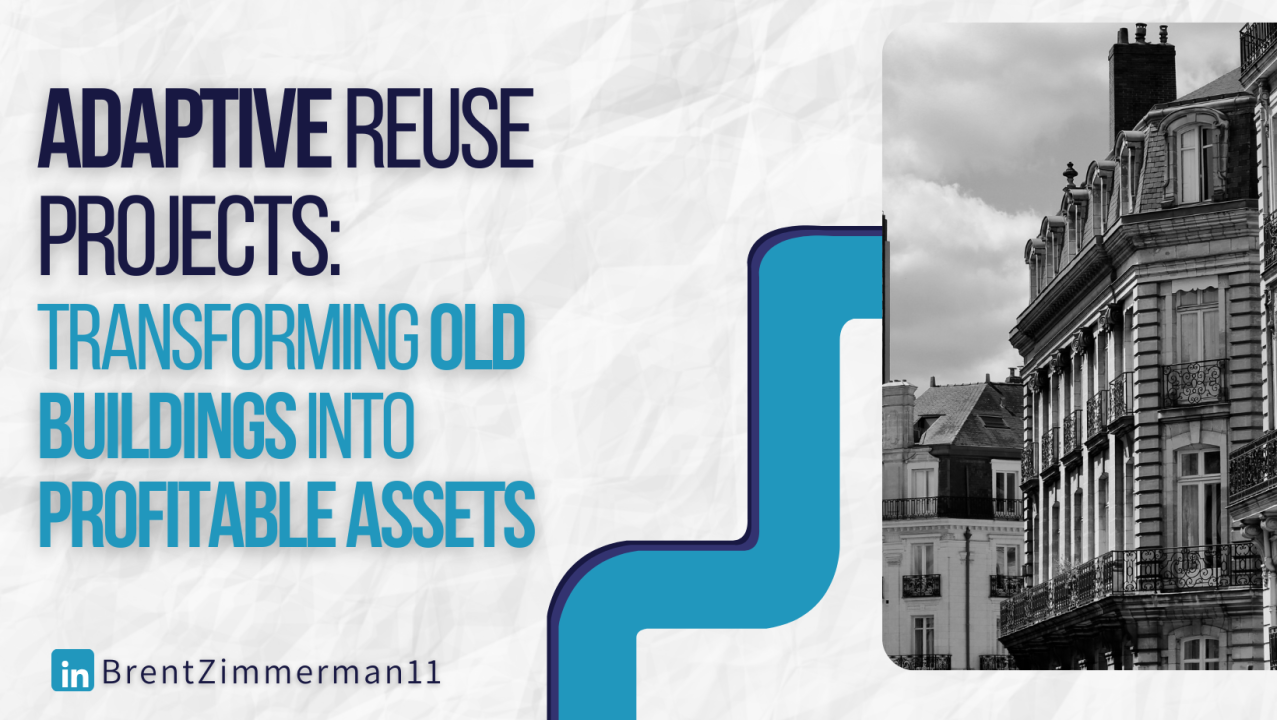
Adaptive Reuse Projects Transforming Old Buildings into Profitable Assets
Brent Zimmerman, MBA
CEO @ Saucy Brew Works | Raised $30M+, Team Building, Real Estate Development, Hospitality
In today’s rapidly evolving real estate landscape, adaptive reuse projects have emerged as a beacon of innovation and sustainability. The concept of repurposing old, underutilized buildings into profitable assets is not only environmentally responsible but also economically advantageous. As someone deeply involved in commercial real estate development and hospitality, I’ve seen firsthand how adaptive reuse can breathe new life into forgotten structures, creating vibrant spaces that serve the needs of modern communities.
What is Adaptive Reuse?
Adaptive reuse refers to the process of repurposing buildings for new uses while retaining their historic features. This practice goes beyond simple renovations; it involves transforming the original structure to accommodate a different function from what it was initially designed for. Whether it’s converting an old factory into trendy loft apartments, a historic hotel into a boutique shopping center, or a disused church into a community arts center, adaptive reuse projects are diverse and creative.
The Benefits of Adaptive Reuse
Successful Adaptive Reuse Projects
Several high-profile adaptive reuse projects exemplify the potential of this approach:
领英推荐
Key Considerations for Adaptive Reuse Projects
While the benefits are significant, adaptive reuse projects come with their own set of challenges and considerations:
The Future of Adaptive Reuse
As urban areas continue to grow and evolve, the demand for sustainable and efficient real estate solutions will only increase. Adaptive reuse offers a promising path forward, combining economic viability with environmental stewardship. For developers, investors, and community leaders, embracing adaptive reuse can lead to the creation of dynamic, profitable spaces that honor the past while building a sustainable future.
In conclusion, adaptive reuse projects are not merely about preserving old buildings; they are about transforming them into valuable assets that contribute to the economic, social, and environmental fabric of our communities. By leveraging the potential of these structures, we can create innovative spaces that meet the demands of today while preserving the legacy of yesterday. As we move forward, let’s continue to explore and embrace the possibilities of adaptive reuse, turning forgotten buildings into beacons of progress and prosperity.